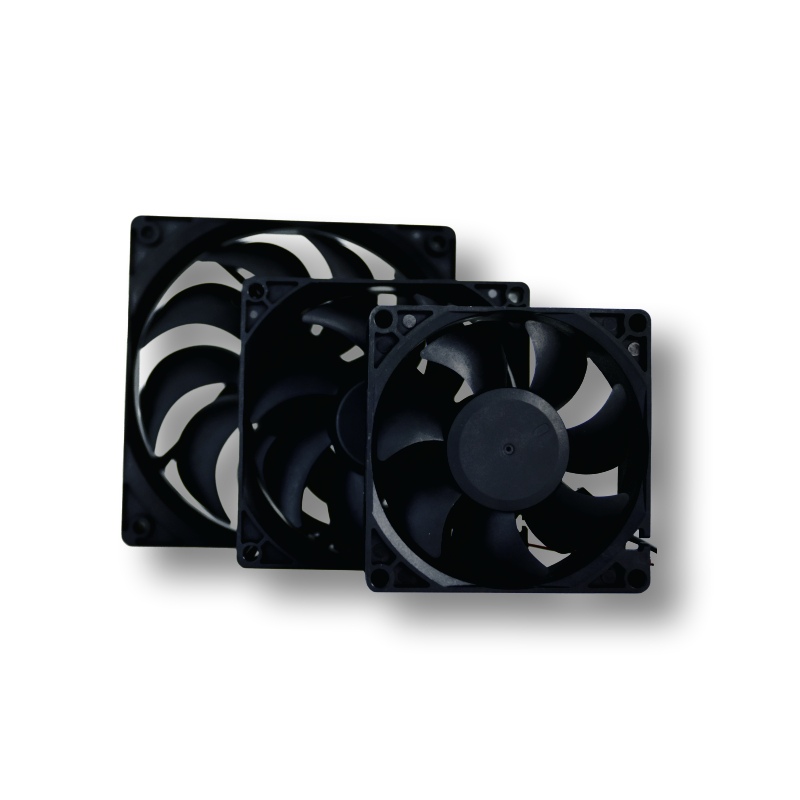Introduction to 3-phase DC Motors
Three-phase DC motors, often known as brushless DC motors (BLDC), are highly efficient and versatile motors used in various applications from industrial automation to consumer electronics. These motors offer significant advantages over traditional brushed motors, including increased efficiency, lower maintenance, and smoother operation. Understanding how to control these motors effectively is crucial for maximizing their performance and lifespan.
Components for Controlling a 3-phase DC Motor
Essential Components
Controlling a 3-phase DC motor involves several important components. Key elements include the motor itself, a motor driver, a microcontroller (such as an Arduino), and possible feedback devices like Hall effect sensors. The driver is crucial for converting DC to the necessary AC waveform, allowing precise control over the motor's speed and direction.
Selecting the Right Motor Driver
Attributes of a Suitable Driver
Selecting the appropriate motor driver is essential for the efficient operation of a 3-phase DC motor. Important criteria include the driver's voltage and current ratings, which must match or exceed those of the motor. A driver that provides overcurrent protection and thermal shutdown features can enhance system reliability. Additionally, manufacturers in China offer a range of wholesale motor drivers that cater to various specifications and budget requirements.
Role of PWM in Motor Control
Impact of PWM
Pulse Width Modulation (PWM) is integral to controlling a 3-phase DC motor. PWM modifies the duty cycle of the voltage supplied to the motor, effectively controlling speed and torque. By changing the frequency of the PWM signal, users can influence the resolution of speed control. PWM signals need precise timing to ensure smooth motor operation without causing excessive heat or noise.
Understanding Hall Effect Sensors
Sensor Functions and Integration
Hall effect sensors are integral to the operation of many 3-phase DC motors. These sensors provide feedback about the rotor's position, allowing for the correct sequencing of the motor's phases. Proper integration of Hall sensors ensures accurate timing for phase changes, crucial for minimizing cogging and enhancing motor efficiency. Wholesale manufacturers from China often include sensors in their motor packages, simplifying system design.
Programming and Wiring Basics with Arduino
Setup and Coding Essentials
Programming a 3-phase DC motor using an Arduino involves setting up the correct pin connections and writing software to generate PWM signals. The Arduino can be configured to receive input signals, process them, and output the necessary control signals to the motor driver. This process requires a clear understanding of the wiring setup and coding logic to ensure seamless operation.
Challenges in Low-Speed Control
Addressing Technical Difficulties
Controlling a 3-phase DC motor at low speeds presents unique challenges. The motor may experience increased cogging, a phenomenon where the motor hesitates due to imperfections in the magnetic fields. Solutions can include advanced control algorithms that adjust the PWM signal dynamically. Manufacturers can provide guidance on optimization techniques to address low-speed control issues effectively.
Error Handling and Troubleshooting Tips
Common Issues and Solutions
Despite careful setup, issues such as stalling, overheating, and unexpected stops can occur. These can often be traced back to incorrect wiring, inadequate power supply, or software errors. Implementing robust error-handling routines in the control software and ensuring all hardware connections are secure can mitigate these issues. Consulting with a reliable manufacturer for troubleshooting support can also be beneficial.
Advanced Control Techniques
Enhancing Motor Performance
Advanced control techniques such as Field-Oriented Control (FOC) or Direct Torque Control (DTC) can significantly improve the performance of 3-phase DC motors. These techniques allow for precise control over motor parameters, enhancing efficiency and responsiveness. While more complex, these techniques can be supported through comprehensive documentation provided by manufacturers or through the use of specialized control libraries.
Applications of 3-phase DC Motors
Industry and Consumer Use Cases
3-phase DC motors are used across various sectors due to their high efficiency and reliability. In industrial applications, they are prevalent in automation systems and CNC machinery. Consumer applications include electric vehicles, drones, and household appliances. Manufacturers in China offer a wide range of these motors at wholesale prices, catering to different operational requirements and budgets.
Hanlang Technology Provide Solutions
Hanlang Technology offers comprehensive solutions for managing 3-phase DC motors. Our services include providing high-quality motor drivers compatible with various microcontrollers, including Arduino. We offer support for integrating PWM and Hall effect sensors to ensure optimal motor performance. With our expertise, we assist in troubleshooting common issues, enhancing both the efficiency and lifespan of your motor setup. Whether for industrial applications or consumer electronics, Hanlang Technology delivers reliable and cost-effective solutions to meet your specific needs.
User hot search: 3 phase dc motor



